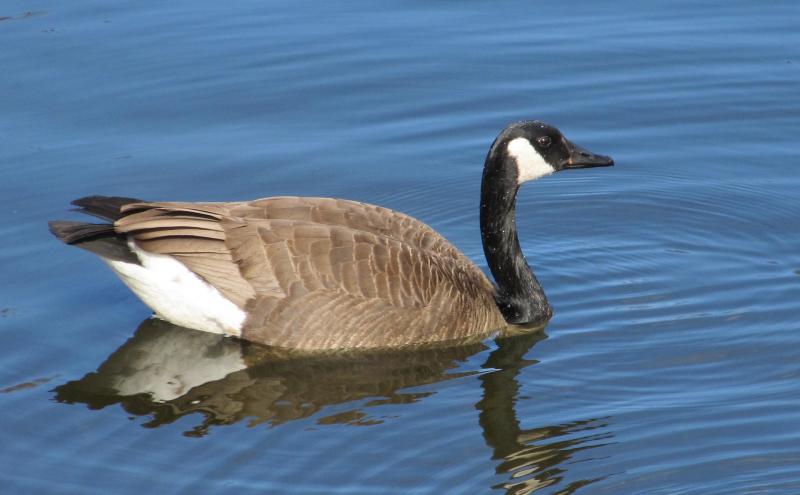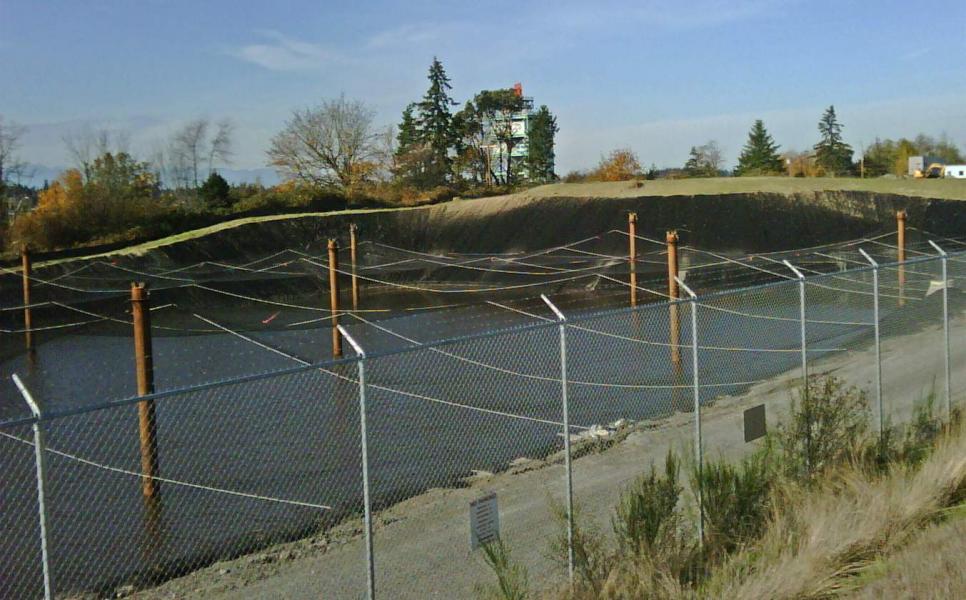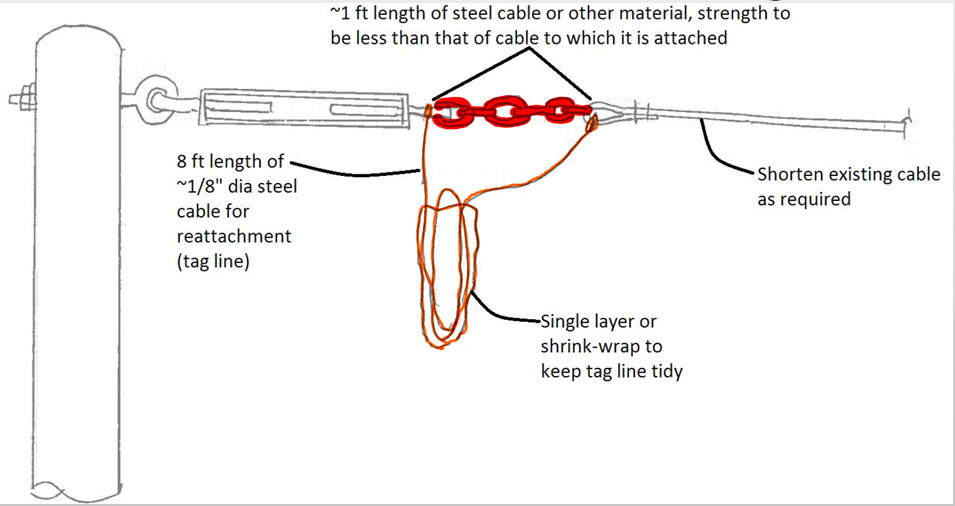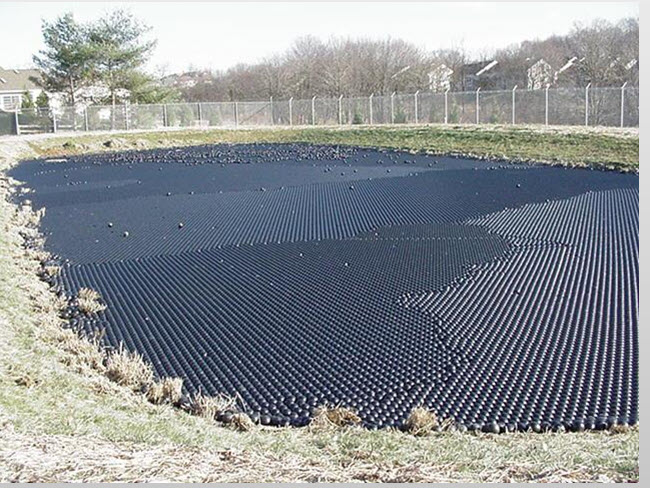
Birds and airplanes are not an optimal combination, so Sea-Tac Airport implements low-impact tactics to discourage waterfowl from spending time at the 10 stormwater ponds located around the airfield.
One tactic is to cover stormwater ponds with netting so that birds cannot land on the water. The airport has had these types of bird deterrents in place, but the weight of the Februrary 2017 snowstorm damaged the netting and structural components so that they no longer prevented birds’ access to the pond. Since then, temporary measures have been implemented to keep birds out and to ensure compliance with Federal Aviation Administration and Wildlife Hazard Management Plan standards.

Two new tactics have been approved by the Port Commission and the work will take place from July 2019 to October 2019.
New Pond Netting:
Seven of the 10 stormwater ponds will be covered with a netting system upgrade that includes a component called a controlled break fuse system which helps ensure that only easily replaceable components (rather than the entire system) will fail under a high load.

Bird Deterrent Floats:
The remaining three ponds will get bird deterrent floats instead of netting. The black plastic floats are four inches in diameter and create a floating cover across the pond to hide the pond from the birds’ view. The bird deterrent floats also help block ultraviolet radiation, which helps prevent algae growth in the water.

The floats are considered the best option for these ponds because of the smaller surface area of the ponds, low maintenance upkeep, and the long service life of the floats.
Port of Seattle Project Manager Mengqi Wu said the floats work well for ponds that rarely need to be accessed for maintenance, are not extremely large, and have a low possibility of a fuel spill. The floats can be difficult to clean, and fuel remnants and a large circumference would make the floats more challenging to access.
Wu also said a feasibility study on the bird deterrent floats revealed no negative environmental impacts. Water temperature stayed the same, relieving any concern that the upgrade would raise water temperature and cause algae growth. She said the design and scope of the upgrades is being finalized due to the most recent snowstorm in February 2019 and after that, the project will begin.








